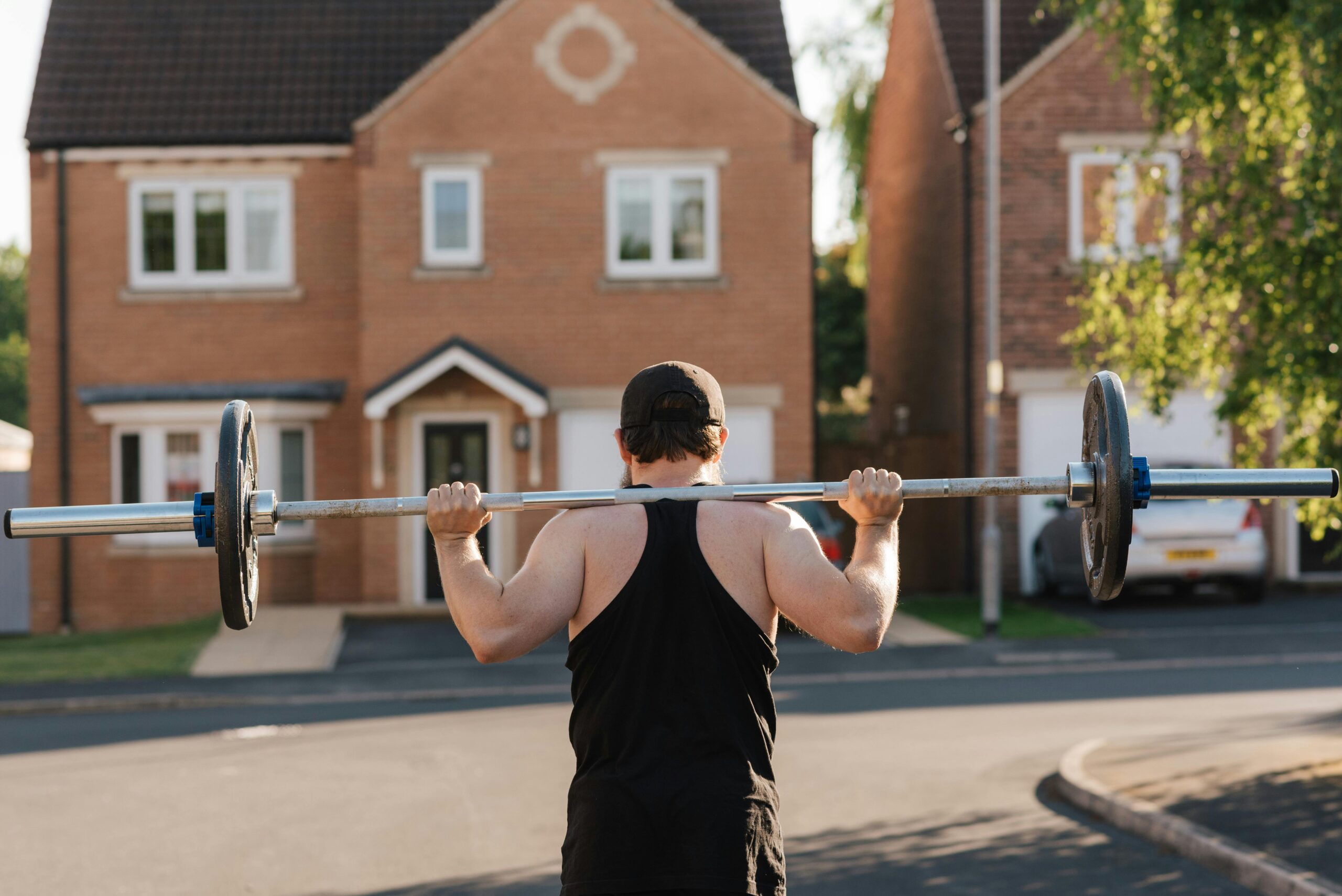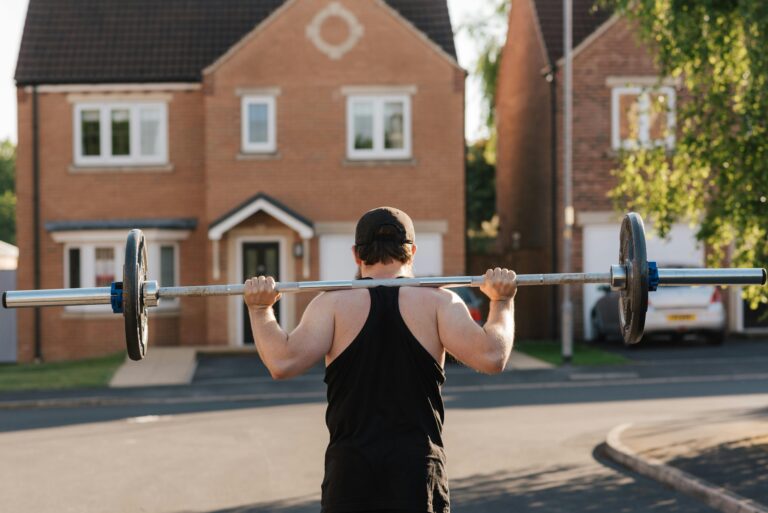
In the modern real estate landscape, wellness real estate has emerged as a transformative trend. Driven by increasing awareness of health, sustainability, and holistic living, this innovative approach to home design is captivating first-time homebuyers and seasoned investors alike. Whether you’re seeking a haven for your family or expanding your property portfolio, wellness real estate offers an opportunity to align financial goals with a commitment to health and environmental stewardship.
What is Wellness Real Estate?
Wellness real estate refers to homes and communities designed to enhance the well-being of their residents while minimizing environmental impact. These properties go beyond aesthetics and functionality to incorporate elements that support physical health, mental well-being, and sustainability. From air filtration systems and biophilic design to energy-efficient appliances and sustainable materials, wellness homes are crafted to improve the quality of life for those who live in them.
The Rising Demand for Wellness-Focused Homes
The wellness real estate market has gained significant traction in the United States, particularly in the wake of the COVID-19 pandemic. More people are prioritizing their health and seeking spaces that reflect these values. A recent report from the Global Wellness Institute highlights the sector’s rapid growth, with projections indicating it will continue to outpace traditional real estate markets.
For first-time homebuyers, wellness homes present a compelling choice. These properties often incorporate features that reduce long-term utility costs and enhance comfort, making them practical and appealing. Meanwhile, investors see the potential for strong returns as demand for health-focused housing rises.
Key Features of Wellness Real Estate
1. Healthy Indoor Environments
Indoor air quality is a cornerstone of wellness real estate. Homes equipped with advanced air filtration systems, non-toxic building materials, and proper ventilation can significantly reduce allergens, pollutants, and respiratory issues. Features like natural lighting and noise reduction further contribute to a tranquil living environment.
2. Energy Efficiency and Sustainability
Sustainability is a key pillar of wellness real estate. Energy-efficient HVAC systems, solar panels, and smart home technologies reduce the carbon footprint while cutting energy costs. These eco-friendly features are attractive to buyers and investors alike, particularly as government incentives for green building increase.
3. Biophilic Design
Biophilic design connects residents to nature through architectural elements like green walls, indoor gardens, and large windows that maximize natural light. Studies show that such designs can reduce stress, enhance creativity, and improve overall well-being.
4. Community Amenities
Wellness real estate extends beyond the individual home. Master-planned communities often include shared amenities like fitness centers, yoga studios, walking trails, and organic gardens, fostering a sense of community while encouraging healthy lifestyles.
Why First-Time Homebuyers Should Consider Wellness Real Estate
For first-time buyers, purchasing a home is one of the most significant financial decisions they’ll ever make. Wellness homes offer a unique value proposition by combining long-term cost savings with enhanced quality of life. Energy-efficient designs lower monthly utility bills, while healthier living spaces may reduce healthcare expenses over time.
Additionally, wellness homes often have higher resale values due to their enduring appeal in the market. For first-time buyers concerned about affordability, government programs and incentives for energy-efficient homes can help offset initial costs.
A Smart Investment Opportunity for Seasoned Investors
For real estate investors, wellness properties represent a lucrative niche market. As demand for sustainable and health-focused housing continues to grow, these homes often command premium rents and sales prices. The durability of wellness-focused materials and designs also reduces maintenance costs over time, further boosting return on investment.
Investors can also capitalize on the rising interest in short-term rental properties with wellness features. Wellness-focused vacation rentals—offering amenities like home gyms, meditation spaces, and eco-friendly settings—are increasingly sought after by travelers prioritizing health and relaxation.
Challenges in the Wellness Real Estate Market
Despite its many advantages, the wellness real estate market is not without challenges. Higher upfront costs for sustainable materials and advanced technologies can deter some buyers and investors. However, as the market matures and innovations become more affordable, these barriers are likely to diminish.
Another challenge is the need for standardized guidelines. While certifications like WELL and LEED provide benchmarks for wellness and sustainability, the lack of universal standards can make it difficult for consumers to evaluate properties.
How to Get Started with Wellness Real Estate
1. For Homebuyers
Start by identifying what wellness features are most important to you. Are you focused on air quality, energy efficiency, or community amenities? Work with a real estate agent experienced in wellness properties to find homes that align with your priorities.
Consider researching government incentives and financing options for energy-efficient homes, which can make wellness real estate more accessible.
2. For Investors
Conduct market research to identify regions with high demand for wellness real estate. Urban areas with environmentally conscious populations or suburban communities prioritizing family health are ideal starting points. Partner with developers who specialize in wellness-focused projects or consider renovating existing properties to include wellness features.
The Future of Wellness Real Estate
As the wellness movement continues to influence consumer preferences, the integration of health and sustainability into real estate will likely become the norm rather than the exception. Advances in technology, from smart home systems to innovative building materials, will further enhance the appeal and functionality of wellness properties.
For first-time homebuyers, these developments mean greater access to healthier, more sustainable living options. For investors, the future holds exciting opportunities to shape and profit from a rapidly growing market.
Wellness real estate is redefining the way Americans think about their homes. By prioritizing health, sustainability, and community, this market offers something for everyone—from first-time buyers seeking a healthy start to investors looking for high returns. As the sector continues to evolve, wellness-focused properties will play an increasingly prominent role in the real estate market, setting new standards for what it means to truly live well.





